Aquatic Invertebrates
Media
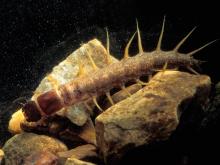
Species Types
Scientific Name
Chauliodes, Neohermes, and Nigronia spp. (in eastern US)
Description
Fishfly larvae look a lot like their cousins the hellgrammites, but they lack cottony or hairy gill tufts along the abdomen, and they have 2 short, fleshy tails at the hind tip.
Media
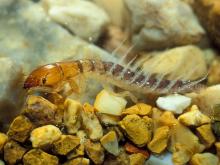
Species Types
Scientific Name
Sialis spp.
Description
Alderfly larvae look a lot like their cousins the fishflies, but instead of having pairs of fleshy tails, they have only a single tail pointing straight back.
Media

Species Types
Scientific Name
About 1,500 species in North America north of Mexico
Description
The aquatic larvae of caddisflies are famous for building portable, protective cases out of local materials, including grains of sand, bits of leaves and twigs, and other debris. The adults are mothlike.
Media
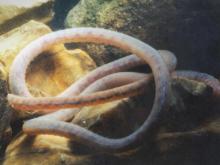
Species Types
Scientific Name
Tubifex spp. and other aquatic tubificid annelids
Description
Tubificid worms, as a group, include the tubifex worms that aquarists feed to their pet fish. These segmented worms are related to earthworms and like them are detritus eaters.
Media

Species Types
Scientific Name
Dugesia, Planaria, and other genera
Description
Unlike their parasitic cousins in the flatworm group, turbellarians, or planarians, are tiny carnivores or detritus-eaters that glide smoothly across submerged leaves and other objects.
Media
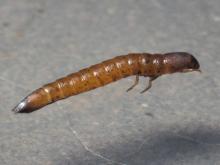
Species Types
Scientific Name
About 100 species in North America north of Mexico
Description
Riffle beetles live underwater, in shallow, swift-flowing streams, as both adults and larvae. The larvae are elongated, multi-segmented, and rather hard and stiff; they reach about ½ inch long. The adults, the size of small ants, are oval with long legs.
Media
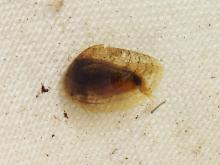
Species Types
Scientific Name
Cyclestherida, Laevicaudata, and Spinicaudata (orders or suborders)
Description
Clam shrimp have their carapace shaped like a pair of clam shells and they can close it tightly when disturbed. But they are not clams: they have tiny, jointed shrimplike legs and bristly, feathery antennae.
See Also
About Aquatic Invertebrates in Missouri
Missouri's streams, lakes, and other aquatic habitats hold thousands of kinds of invertebrates — worms, freshwater mussels, snails, crayfish, insects, and other animals without backbones. These creatures are vital links in the aquatic food chain, and their presence and numbers tell us a lot about water quality.





















